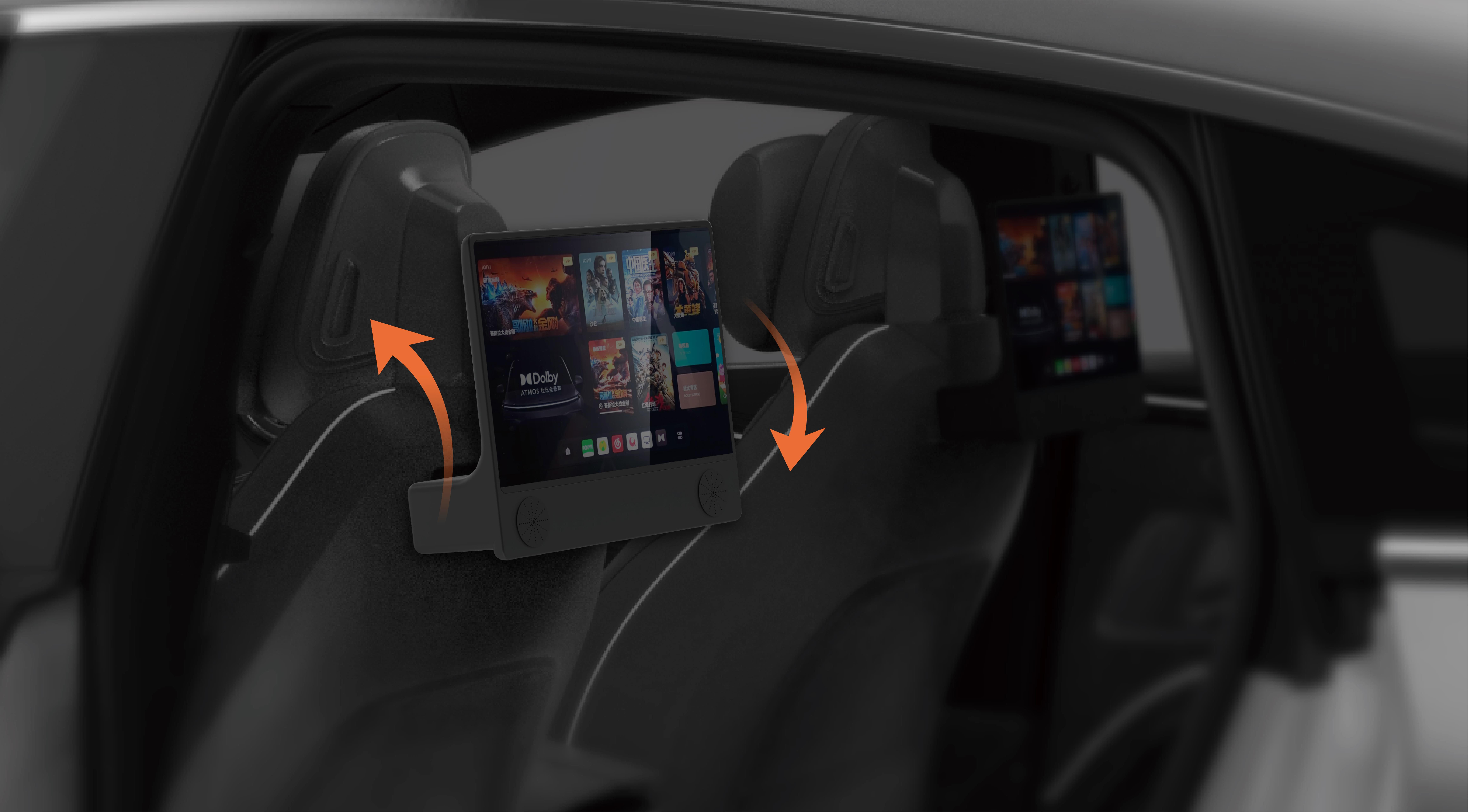part 1: Imagine a world where your simple ideas can turn into interactive, automated creations—robots that sense the environment and respond dynamically. At the heart of this exciting universe are microcontrollers like Arduino, which breathe life into sensors and motors, transforming static circuits into intelligent machines. Among the most accessible and versatile components for budding tinkerers are infrared (IR) sensors and servo motors. Their combination opens doors to endless projects, from obstacle avoiders to dynamic art installations, and the magic begins with understanding their fundamental interactions and mastering the coding that powers them.

Getting to Know Your IR Sensor and Servo Motor
Let’s start with a quick overview. An IR sensor is a device that uses infrared light to detect objects or measure distances. It works by emitting infrared rays and analyzing the reflected signals from nearby objects—kind of like a bat echolocating in the dark. This makes IR sensors ideal for obstacle detection, proximity sensing, and even simple gesture recognition.
On the other hand, servo motors are small, precise actuators that rotate to specific angles, typically controlled by PWM (Pulse Width Modulation) signals from the Arduino. They are invaluable in projects that require precise movement—think robotic arms, steering mechanisms, or camera pivots.
When combined, IR sensors and servo motors enable robots or devices to react to their environment dynamically. For example, a robot could turn its head to look at an obstacle or move away from nearby objects autonomously.
Choosing the Right Components
Before diving into code, ensure you have the right parts. A typical setup includes:
Arduino Uno or similar microcontroller IR distance or proximity sensor (such as the TCRT5000, IR Obstacle Avoidance Sensor, or Sharp IR sensor) Servo motor (like the SG90 micro servo) Connecting wires, breadboard, and power supply
Once you have your components, assemble them carefully. Usually, the IR sensor connects to a digital or analog input pin depending on its type, and the servo connects to a PWM-capable output pin.
Understanding the Wiring
For a common IR obstacle sensor, wiring might look like this:
VCC to 5V on Arduino GND to GND Signal pin to a digital input pin (say, pin 2)
For a standard servo motor:
Power (red) to 5V Ground (black or brown) to GND Signal (white or yellow) to a PWM digital pin (like pin 9)
It's essential to reference the datasheets or manuals of your components for specific pinouts.
Basic Arduino Code Structure
Once wired, the next step is coding. A typical program includes:
Setting up the sensor input and servo output pins Reading data from the IR sensor Deciding what movement to make based on sensor input Sending PWM signals to control the servo
Here’s a simplified example:
#include const int irSensorPin = 2; // IR sensor connected to digital pin 2 Servo myServo; void setup() { pinMode(irSensorPin, INPUT); myServo.attach(9); // Servo connected to PWM pin 9 Serial.begin(9600); } void loop() { int sensorValue = digitalRead(irSensorPin); Serial.println(sensorValue); if(sensorValue == LOW) { // Assuming LOW when obstacle detected // Rotate servo to avoid obstacle myServo.write(90); // Turn to 90 degrees delay(500); } else { // Reset servo to original position myServo.write(0); delay(500); } }
This code illustrates a simple obstacle avoidance behavior: if the IR sensor detects an obstacle (assuming LOW signal when close), the servo turns to a specific angle; otherwise, it directs back.
Enhancing Your Project
Start simple, but don’t stop there. You can extend the project by adding multiple IR sensors for better environmental perception, integrating Bluetooth control, or programming more complex behaviors. For example, combining IR sensors and servo motors enables creating a mini surveillance robot that patrols and reacts to intrusions—all powered by just a few lines of code.
Troubleshooting Common Problems
No response from the sensor: Check wiring and ensure the sensor is functional. Use the serial monitor to verify sensor readings. Servo jitter or not moving: Ensure your power supply can handle the servo load; use an external power supply if needed. Confirm the correct PWM pin is used. Unresponsive or erratic readings: Consider adding a small delay between readings or implementing debouncing for sensor inputs.
In Summary
Mastering IR sensors and servo motors with Arduino is less about complex coding and more about curiosity and experimentation. Once you understand their basic operation and how to control them with simple code, you can start imagining more ambitious projects—autonomous vehicles, interactive art, or even robotic pets. The only limit is your creativity.
Kpower has delivered professional drive system solutions to over 500 enterprise clients globally with products covering various fields such as Smart Home Systems, Automatic Electronics, Robotics, Precision Agriculture, Drones, and Industrial Automation.




































